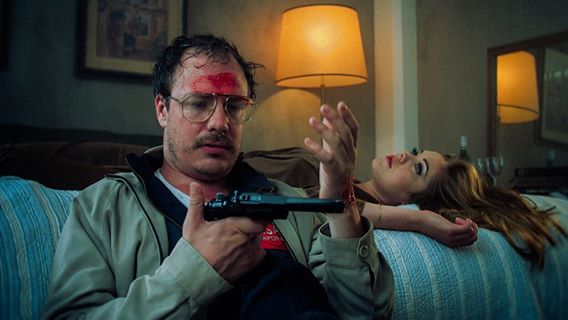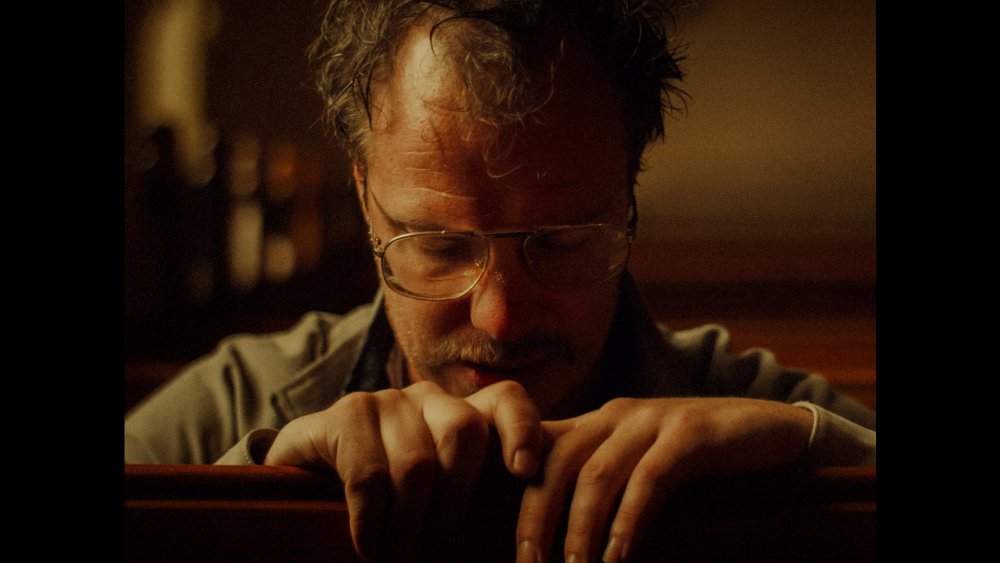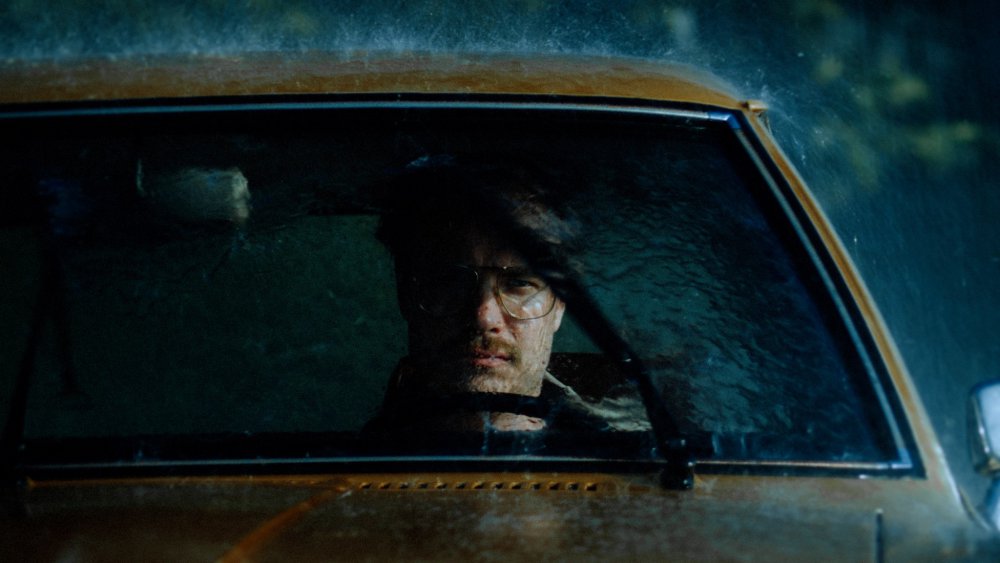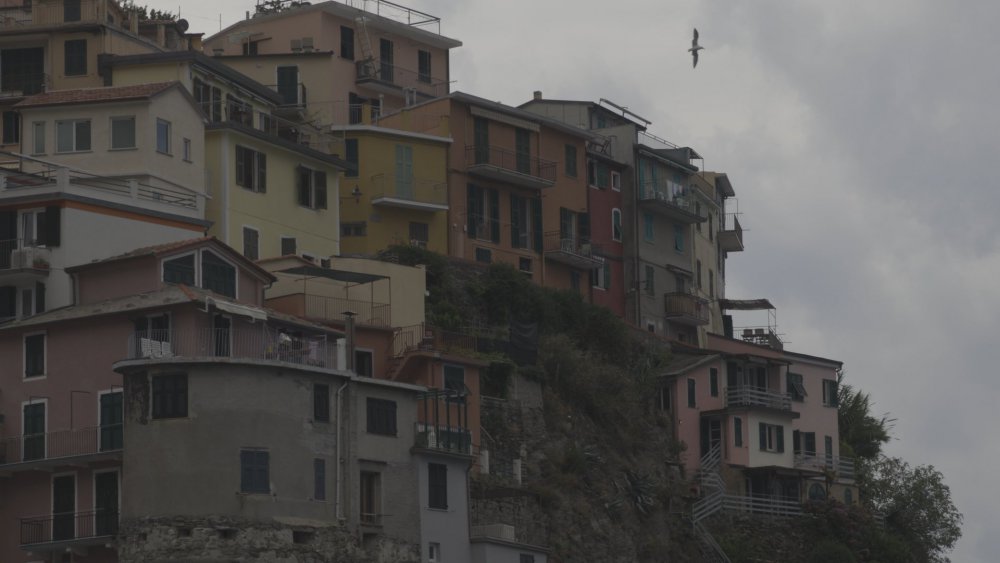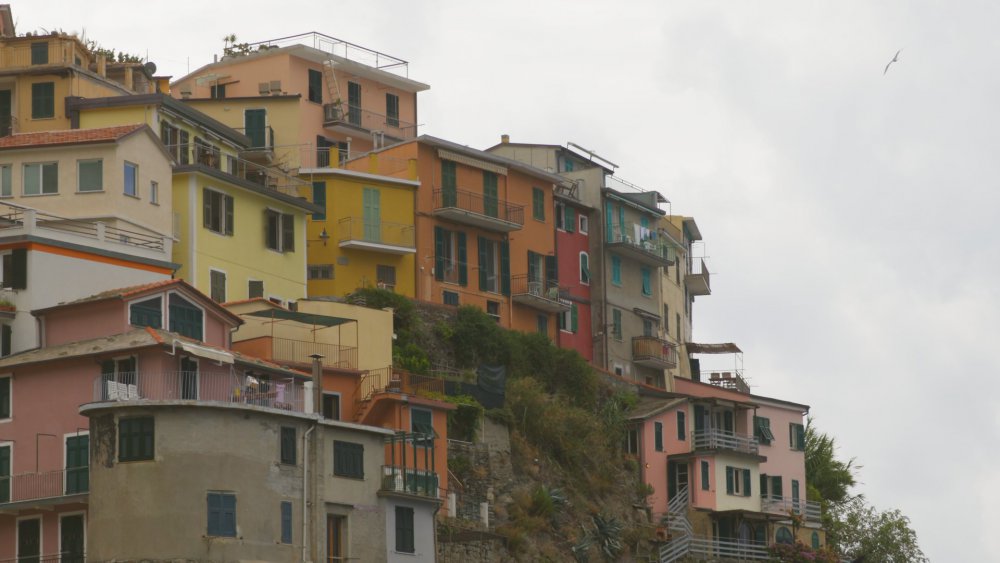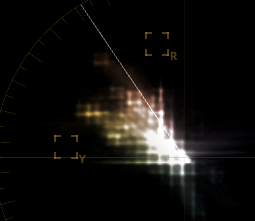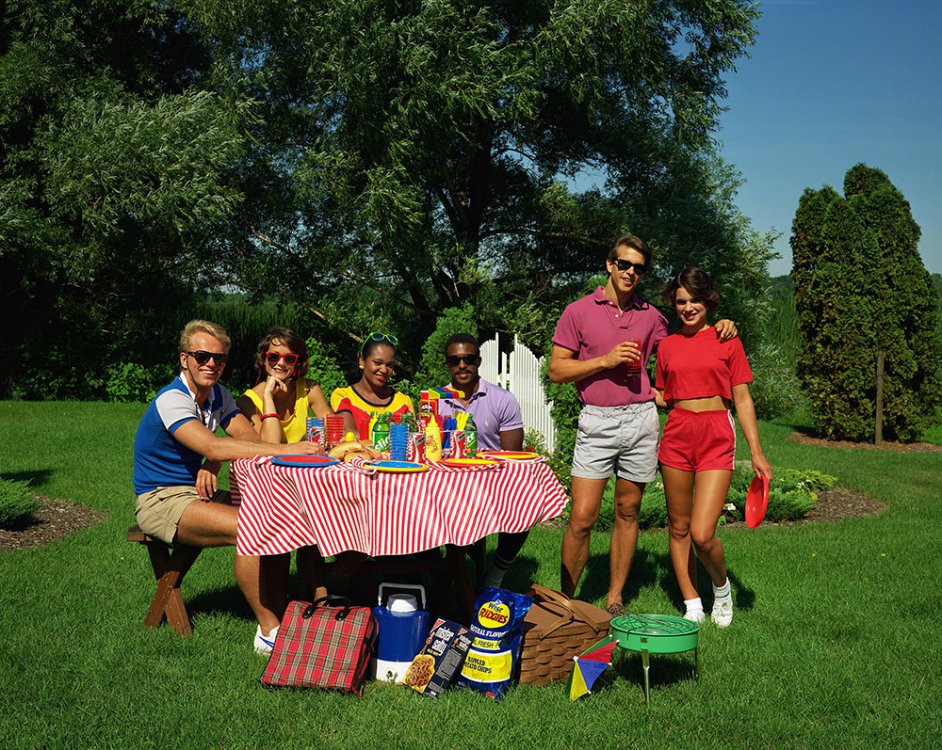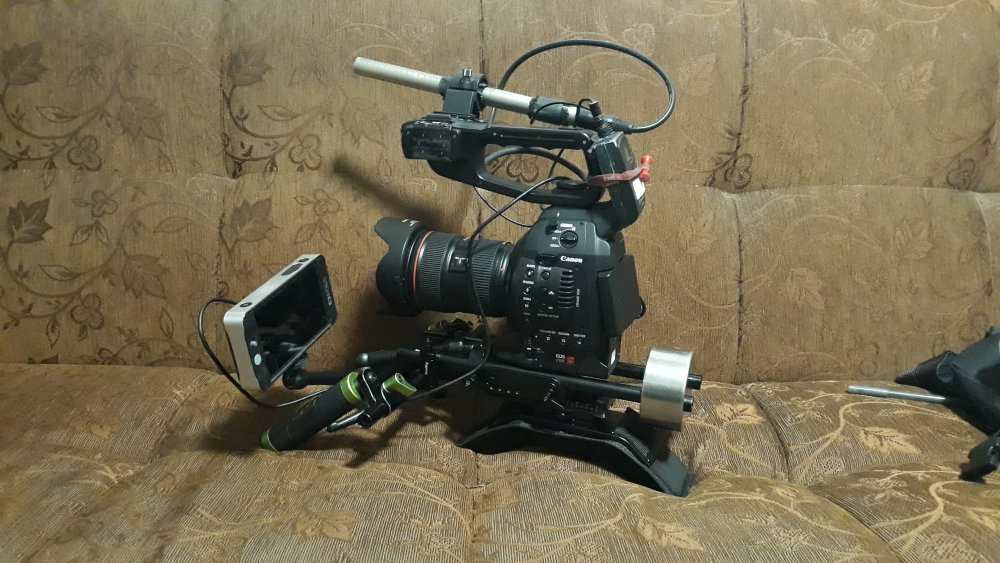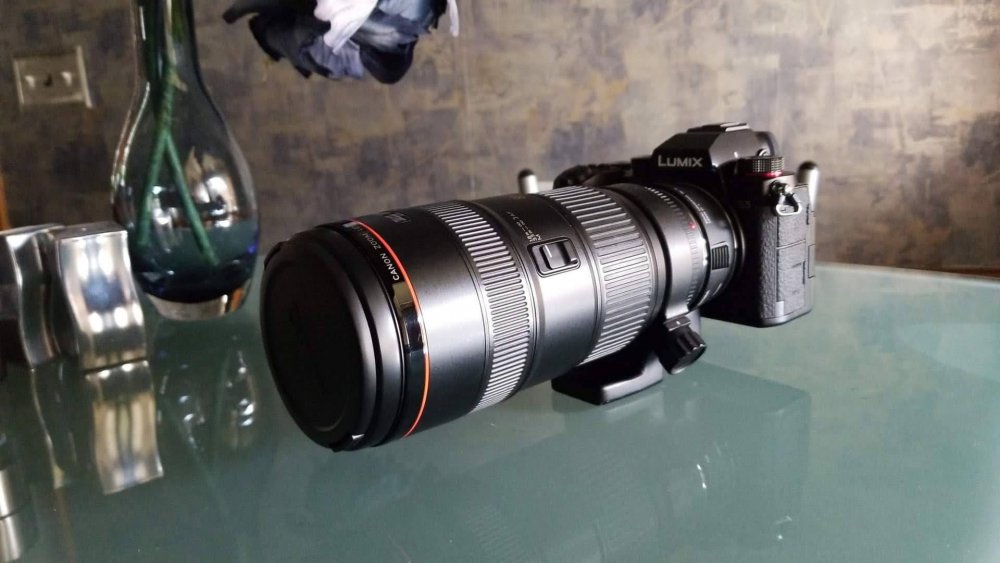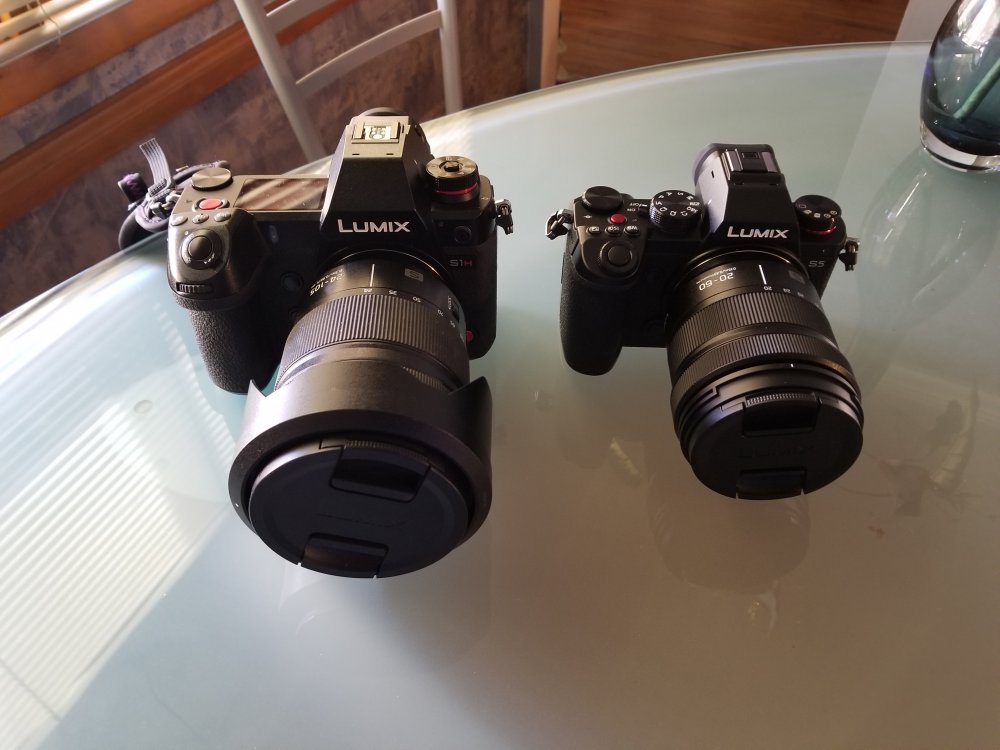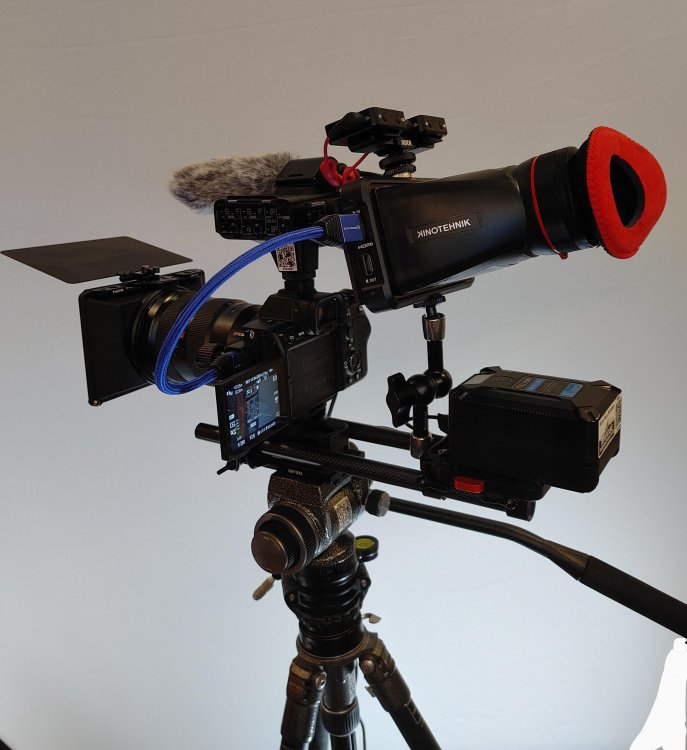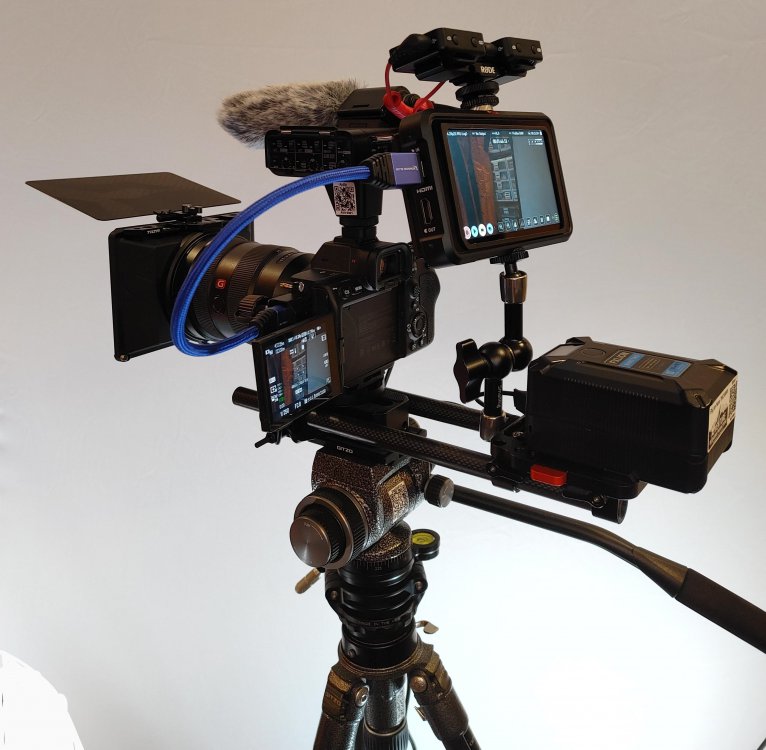Leaderboard
Popular Content
Showing content with the highest reputation on 10/10/2020 in all areas
-

Image thickness / density - help me figure out what it is
BenEricson and 5 others reacted to Andrew Reid for a topic
In my opinion tonality trumps dynamic range. You can have very high dynamic range but if the tonality and colour is lacking you get the 'thin' digital low-bit-depth look. A lot of smartphones have it in their HDR modes. Some of the old CCD sensors produce lovely "thick" files but don't have anywhere near 12 stops dynamic range, not even 11 stops. And yeah, Digital Bolex was a good example. You can compare it to the claimed '15 stops' Sony S-LOG and it looks much deeper, more exotic, thicker, more filmic, more organic, despite having noisy shadows and clipped highlights.6 points -
While lighting, bit depth and resolution all play a role what about the bayer matrix and the colour filters themselves? For example some of the 'thickest' most filmic images I have seen are from the Digital Bolex which is 12bit and 2K-I've attached a few examples (sadly not mine) from the D16. I have seen some discussion on the D16 about this: "Color depth and discrimination in Bayer filters is determined by the purity and saturation of the filter dyes used. The Kodak CCD in the D16 uses a patented set of highly saturated filters designed for scientific and industrial applications where accuracy and fine color discrimination are critical, like color matching in textile fabric dye runs, or in the cameras used on the Mars Rovers. Most video cameras use Bayer filters less saturated to get more sensitivity and just cover the video color gamuts. Deeply saturated primary colors can be hard to reproduce. I normally have to desaturate D16 footage 20-30% to eliminate chroma clipping on saturated colors in REC709. This still looks like a fully saturated video image to gamut limits." So could it be the characteristics of the bayer filters are a big part of the colour thickness?3 points
-
I'm not sure if it's the film stock of the 80s fashion that really dominates that image, but wow... the United Colours of Beneton the 80s! Hopefully ray bands - I think they're one of the only 80s approved sunglasses still available. 80s music always sounds best on stereos also made in the 80s. I think there's something we can all take away from that 🙂 Great images. Fascinating comments about the D16 having more saturated colours on the bayer filter. The spectral response of film vs digital is something that Glenn Kennel talks about a lot in Colour Mastering for Digital Cinema. If the filters are more saturated then I would imagine that they're either further apart in frequency, or they are narrower, which would mean less cross-talk between the RGB channels. This paper has some interesting comparisons of RGB responses, including 5218 and 5246 film stocks, BetterLight and Megavision digital backs, and Nikon D70 and Canon 20D cameras: http://www.color.org/documents/CaptureColorAnalysisGamuts_ppt.pdf The digital sensors all have hugely more cross-talk between RGB channels than either of the film stocks, which is interesting. I'll have to experiment with doing some A/B test images. In the RGB mixer it's easy to apply a negative amount of the other channels to the output of each channel, which should in theory simulate a narrower filter. I'll have to read more about this, but it might be time to start posting images here and seeing what people think. I wonder how much having a limited bit-depth is playing into what you're saying. For example, if we get three cameras, one with high-DR and low-colour separation, the second with high-DR / higher colour separation, and the third with low-DR / high colour saturation. We take each camera, film something, then take the 10-bit files from each and normalise them. The first camera will require us to apply a lot of contrast (stretching the bits further apart) and also lots of saturation (stretching the bits apart), the second requires contrast but less saturation, and the third requires no adjustments. This would mean the first would have the least effective bit-depth once in 709 space, the second would have more effective bit-depth, and the third the most in 709 space. This is something I can easily test, as I wrote a DCTL to simulate bit depth issues, but it's also something that occurs in real footage, like when I did everything wrong and recorded this low-contrast scene (due to cloud cover) with C-Log in 8-bit.. Once you expand the DR and add saturation, you get something like this: It's easy to see how the bits get stretched apart - this is the vectorscope of the 709 image: A pretty good example of not having much variation in single hues due to low-contrast and low-bit-depth. I just wish it was coming from a camera test and not from one of my real projects!2 points
-
That top shot is gorgeous and a perfect example of a thick image. I've dismissed upgrading from my 5D3 ML Raw due to the color depth it provides. The FP is the first camera that has me curious about an upgrade. I'd love to see a comparison between the 5D3 ML Raw vs Sigma FP vs D16.2 points
-

Image thickness / density - help me figure out what it is
deezid and one other reacted to hyalinejim for a topic
2 points -
What's today's digital version of the Éclair NRP 16mm Film Camera?
tupp reacted to BrooklynDan for a topic
IBIS is not a substitute for a properly shoulder-mounted camera. It tunes out micro-jitters, but it doesn't help you when you're trying to shoot handheld with longer lenses because the lack of inertia causes the frame to swing around when you're trying to move. Also, digital stabilization is a machine interpreting human input. It always looks artificial to me somehow, ever on high-end gimbals and stabilizers. When you have a properly shoulder-mounted camera, you can press it into your shoulder and into the side of your head, which creates far more stability. I've been shooting with a Canon C100 on a rig with an external monitor and heavy counterweight, and while it's doing my back no favors, I can shoot long takes at 35mm and up with no problem, and even 50mm and up with minor shake. Try that with your mirrorless camera hovering in front of you.1 point -
Z6 II and Z7 II mirrorless cameras
Zeng reacted to Sharathc47 for a topic
We cannot expect more from nikon z6mkii as it is the same sensor of s1/s1h/s5. Maximum we can get 1.5x 60fps. We can expect atleast N-log and 10bit internal. 6k 30p Prores raw external. Full size HDMI!1 point -
Yes, this is a big claim. Allow me to explain how I came to this conclusion, and prove it to you. First off, the evidence. This is a video containing 5 compositions that were each shot with either 2K, 2K (and processed in post), or 4K. It should be easy to tell the difference - so see if you can tell! Not so obvious is it.... In the video I encourage you to download the video and pixel peep, please do. I have pixel peeped the shots directly on the timeline in Resolve, in the output file I uploaded and the YouTube file I downloaded. It took me zooming in to 200% and finding the place in the video with the finest details, to be able to see the differences, and I know which is which! Now, the details, to show that the test is valid. I shot each scene with the GH5 and 42.5mm Voigtlander (stopped down several stops) in either: 4K 422 10-bit ALL-I 400Mbps mode 2K 422 10-bit ALL-I 200Mbps mode (with Resolves Super Scale) 2K 422 10-bit ALL-I 200Mbps mode (with no processing) I exported the timeline to an RGB Uncompressed 10-bit file (65GB - 6,500Mbps!!) and compressed that file using ffmpeg to a 4K 10-bit 422 IPB 225Mbps h265 file, which was then uploaded. I tried uploading an 10-bit 422 ALL-I file but YT only interpreted that as 1080p. YouTube then compressed that 225Mbps file to the pathetic 10.42Mbps file you see if you watch the above YT video in 4K. As far as I can tell, there's nothing I could have done differently to get a higher quality result out of YouTube. But what about other platforms or delivery methods? This is just YT. If you pay for Vimeo, or deliver via any other mechanism that has a higher bitrate than YT this thread should make you feel better about that! But 4K is useful for things like cropping in post! Yes, and this test doesn't apply to doing that. I've tested how much you can upscale an image without it being visible in another thread / test (spoiler, it's something like 150%) but let's leave that aside for now. But YouTube supports 6K and 8K and ...... Sure, and when people start watching YouTube with their 6K and 8K TVs then they'll start to benefit from that. Until then, they're getting the 10Mbps file above. Are you saying that a 4K camera is not required? There are advantages to having a >1080p sensor. Downscaled video is much nicer, and there are times when shooting in 4K or higher can have advantages..... So, when IS it useful to shoot in >1080p? Lots of times: Cropping (significantly) in post Overcapture for things like stabilisation If your cameras 1080p isn't that great (which is most cameras TBH) etc. I have nothing against 4K or higher resolutions except that I think most people are making their life harder than it should be thinking that they're somehow getting better results when for many people it simply doesn't matter if they shoot in 4K or not. This was me. I fell for the hype, and have gradually been doing tests like this to actually see for myself what is true and what matters - rather than just believing the marketing hype from the camera industry. Ultimately, the lesson here is that what matters is that you publish in 4K, not that you shoot in it. Let the questions and comments (and flame wars from resolution fanboys and fangirls) begin...1 point
-
Z6 II and Z7 II mirrorless cameras
Sharathc47 reacted to ND64 for a topic
Not defending this crop nonsense, but 1.7x crop video is same as 1.5x crop in still. The number is bigger because of 16:9 ratio.1 point -

Image thickness / density - help me figure out what it is
deezid reacted to Andrew Reid for a topic
Also... For me a 'chunky' file is measured in the difference between, and the range, in just a single hue. Mashed colours with poor tonality scream 'thin' digital file to me.1 point -
What's today's digital version of the Éclair NRP 16mm Film Camera?
John Matthews reacted to BrooklynDan for a topic
I shot documentaries on one in film school. It was a heavy, unwieldy beast. I preferred the Arri SR and especially the Aaton. Aaton was actually formed by ex-Eclair engineers, and you can see a rational progression from the NPR to the ACL and finally to the XTR. As far as a modern equivalent, it's obviously 2/3" shoulder-mounted broadcast ENG cameras, both in terms of sensor size, form factor, lens range, and intended purpose. There's really nothing in the modern landscape of Super 35 and full frame cameras that comes close in terms of shoulder-mounted operability. The Amira and original Alexa come close. Camera design has moved overwhelmingly towards compact, box-shaped cameras that are configurable. I think it's a shame and I hope that someday camera manufacturers return to the splendor and comfort of an ergonomic shoulder-mounted camera.1 point -
This has been a complaint with Resolve for two years now. I've given up hope. I will say however that Atomos is kicking butt with so many new cameras using their product that maybe it will force them to finally include it.1 point
-
My only hope is that the big studios put pressure on BM to implement Prores RAW as Resolve is the number one grading tool.1 point
-

Panasonic S5 User Experience
Vintage Jimothy reacted to MrSMW for a topic
Canon may be pumping out cameras and lenses at an insane rate and will continue to do so. And Sony even more. And Nikon ups their game next week. And Fuji next year and...on and on and on it goes. Simple bottom line is what do YOU need and what has anyone else got to offer that your current set up is not offering? By the sounds of it, you are looking at the cost of an S5 vs the cost the of a C70, albeit switching the roles of your cameras around a bit. Then let's say you get the C70 and S1H became your B cam, you'd tell yourself it would make more sense to swap the S1H for a Canon R6. And change all your glass. What do you NEED? Your needs will be different to mine as they will to the next person and so on, but for this kind of thing, I write a drop down list on the left side of the page in regards to my needs and then simply either put a check mark if I have that need covered or write in the potential options if I have not. Then I ask myself are the potential options actual quantifiable and justifiable needs, or just wants? Such as 4k 60p. Do you actually need it or is 1080 more than good enough? IBIS, need it or are you always on a tripod or gimbal because then it'e worthless. Autofocus. Need or not? 10 billion dot viewfinder when you only use the back of the screen? Sony A7Siii I am looking at you. I don't care what anyone else is doing. My neighbour has a Ferrari. I have a Skoda estate. Good luck sleeping in your Ferrari overnight in the mountains ready for an early morning shoot because I have one of the back seats down, a platform, an air mattress, a 4 season sleeping bag, pillow, plugin coolbox, gas cooker, table, chair... but the Ferrari can do 0-60 in 3.2 seconds which is like 4k raw for an hour or something. Who gives a shit if you don't NEED it. Actually my neighbour has an SUV but for demonstration purposes 😉1 point -
So my list is kinda short too. I had the GH5S and I was not really happy with how the video footage intercut with my S1H. It also put me at a massive disadvantage because of the low megapixel count. So I sold off the GH5S with grip, PanaLeica 12-60 f/2.8-4 lens and 5 OEM batteries for a ridiculously low price ($1500) to get me the following things: A worthy companion to my S1H in the video department, in color, resolution, dynamic range and codecs. An equal to the S1H for my ever increasing photo gigs. The first thing that I noticed was how small this thing is! I don't have this as a pro or a con, but in any case, it's a significant departure from the S1H. The next thing that shocked me was the removal of the VFR and HFRmodes that the S1H possess. For all practical purposes, this is now a 60p at best camera with internal conforming functionality. All 1080p modes are now bit limited garbage, and the 10-bit 1080p 120fps will be missed on my S1H. Another thing that it missing is the ability to add codecs to your own custom menu setting. I used this instead of having codec combinations assigned to the C custom buttons, because using those also changed things like aperture, ISO and shutter. Hopefully, this comes back with the firmware update later in the year. I haven't been able to determine if the 0 video noise reduction setting is equivalent to the S1H 0,-1, or some other noise reduction level. That will need more testing. Battery Life is fantastic! I hooked up a cheap USB battery pack rated at 7800 mAH, put in two 128 GB SD-Cards and switched to 4K 8-bit (for unlimited recording) and started the camera and went to sleep. When I woke up the camera was dead, but it recorded over 4 hours of video nonstop and filled up both cards. I'll have to put in two 256 GB secrets to see how much they will record before the camera dies. I was also able to use the extreme power save mode and shoot stills at a wedding for 6 hours. I took almost 900 photos and only lost one bar of battery life. Many are complaining about the EVF not being higher resolution, but I think it's pretty decent. In the included photo, you see the S5 connected to the Canon 80-200 f/2.8 using the Sigma MC-21. I shot a wedding with that alongside the S1H and I manually focused the entire time.1 point
-
I haven't tried the 24/25/30p so can't comment, theoretically it should give less heat than 4KHQ Well here is my thought on the R5 after the race day 1. AF The most reliable method for me is the Zone AF, tracking AF on cars can get lost when I also do the panning or when the car is down to certain area on screen or if there is a lot of cars which can block the view. Expand AF can get OoF once the car goes past and I have to use manual to get back in focus quickly otherwise it is really really slow to get back to focus. (with telephoto lens), There is still occasional focus hunt when I panning across to follow the car (from forward to sideway) 2. Custom Video Mode Major advantage over R6 is the custom video mode, currently I have set to FHD/4K50P/4K100P, so when I want to change I just press the mode and change. I can totally feel the pain for R6 user which currently doesn't have this, Canon should really update R6 for this feature. 3. Movie Crop Mode You can't set the movie crop mode to a custom key which is super dumb, I have to go to menu each time i want to do crop mode, on Sony and Panasonic you can set key for much faster access. If you shoot in crop mode and change to your custom mode it will still shoot in crop mode (unless in 4K100/120/8K). 4. NTSC/PAL Selector Much better done on Canon than Sony or Panasonic, just change the frequency and shoot, no need to format card (Sony) or restart camera (Panasonic), so if I need more slowmo I just change to NTSC and keep on shooting. 5. Battery Issue I had problem where it just suddenly give me error when using EF Lens on the adapter on the genuine LP-E6N battery, I have to use LP-E6NH to make the problem go away. I will need to investigate this more. Though I feel I might get more LP-E6NH at end and sell the old LP-E6N. 6. No CLOG on H.264 This is probably the most dumbest move on Canon, we get that HEVC offer twice the efficiency but the bitrate is quite healthy on the H.264, there is absolute no technical issue for clog not on H.264! Hope Canon can really fix this as X.265 is so awful to edit. There is HDR PQ to increase DR on H.264 if you dont want X.265 or Andrew's EOSHD Clog to emulate Clog on H.264, I used cinestyle as it matches up with the 1DX2 which also use cinestyle to help with edit in post as the video is due next day. My editor have no problem editing the 4K50P on H.264, though 4K100P is still lag feast on Ryzen 7 4800H. Other than that the editor say the video quality is definitely better than the C100MKII I shot on previous race, unfortunately we can't share our video as it belongs to the TV station (for subscriber only) but here is the video from the team's media team (some of my R5 footage is from 4:36 onwards)1 point
-

Sony A7S III
Vintage Jimothy reacted to Hangs4Fun for a topic
VERY TEMPORARY 4 channel RIG, fully wired up, with Timecode from the Atomos Sync. Since I have a shoot next weekend, I needed to throw something together that was functional UNTIL Kondor Blue has those beautiful Ultimate Rigs ready to ship in a week or two. This is fully wired up, so you are seeing 4 audio feeds coming in (1 from a boom to #1 XLR, 1 from on camera #2 XLR, and #3 and #4 are 2 sets of Rode Wireless Go. That beautiful blue braided cable is Kondor Blue's 14" full hdmi to full hdmi braided cable. I'm running a USB-C to USB-C cable from the FxLion NANO TWO V Mount battery to the A7SIII for PD charging (it is keeping it at 100% as I use it). Also, running a locking cable from the Ninja V dummy battery to the FxLion NANO TWO. Obviously the Sony XLR-K3M is powered by the A7SIII through the MI shoe. The matte box is just a Tilta one I had laying around with a cinema soft filter (4" x 5.56") mounted on the provided 82mm ring to the Sony 16-35GM. And in the first picture is a "poor mans" EVF, very similar to how the FX9 is doing it. This is just a 5" Loupe from Kinotehnik that magnetically attaches to the Ninja V. I'm VERY pleased with the fit to my eye and function of this, however, I am having difficulties with the metal strip staying attached. Magnetics is fine, but the adhesive sucks. I'm going to try and fabric a hinging mechanism that attaches to the top of the Ninja and then just screws into the plastic shell of the Loupe. Without a proper cage I do not have anything where I want it exactly yet. Like the Ninja V will be more to the side, the Wireless Go will be elsewhere, etc.. But this will do for next weekends shoot.1 point


